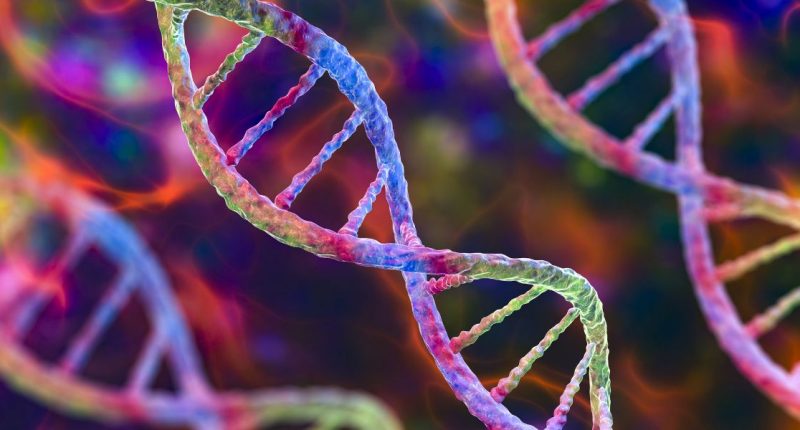A gene for digesting starch in the mouth was first duplicated “before humans split from Neanderthals”, academics have said.
Research from the University at Buffalo and the Jackson Laboratory (JAX) has found that the salivary amylase gene (AMY1) may have occurred as far back as more than 800,000 years ago – long before the emergence of farming.
AMY1 gene duplications provided the first step in metabolising starchy foods like bread and pasta, with them still influencing how effectively humans digest these foods in the modern day.
Lead author Dr Omer Gokcumen said: “The idea is that the more amylase genes you have, the more amylase you can produce and the more starch you can digest effectively.”
According to the findings, Amylase, is an enzyme that gives bread its taste, as well as breaking down starch into glucose.
During the study, the team of scientists used long-read sequencing and optical genome mapping to look at the AMY1 gene region in significant detail.
By assessing the genomes of 68 ancient humans, the researchers found that ancient hunter-gatherers and even Neanderthals had roughly four to eight AMY1 copies per diploid cell.
This suggests that humans in Eurasia were living with high AMY1 copy numbers a long time before they started domesticating plants and eating high amounts of starch.
Corresponding author Kwondo Kim said: “This suggests that the AMY1 gene may have first duplicated more than 800,000 years ago, well before humans split from Neanderthals and much further back than previously thought.”
Dr Gokcumen continued: “The initial duplications in our genomes laid the groundwork for significant variation in the amylase region, allowing humans to adapt to shifting diets as starch consumption rose dramatically with the advent of new technologies and lifestyles.”
Joint author Charikleia Karageorgiou said: “Following the initial duplication, leading to three AMY1 copies in a cell, the amylase locus became unstable and began creating new variations.
“From three AMY1 copies, you can get all the way up to nine copies, or even go back to one copy per haploid cell.”
Over the past 4,000 years, European farmers saw a rise in the average number of AMY1 copies most likely because of their starch-rich diets.
- New procedure combined with semaglutide could help people with type 2 diabetes avoid insulin therapy
- Dua Lipa: Pre-workout protein regimen contradicts long-standing belief of carbs before exercise
- Low carbohydrate diets promote heart health according to new study
Dr Gokcumen said: “Individuals with higher AMY1 copy numbers were likely digesting starch more efficiently and having more offspring.
“Their lineages ultimately fared better over a long evolutionary timeframe than those with lower copy numbers, propagating the number of the AMY1 copies.”
Fellow author Feyza Yilmaz said: “Given the key role of AMY1 copy number variation in human evolution, this genetic variation presents an exciting opportunity to explore its impact on metabolic health and uncover the mechanisms involved in starch digestion and glucose metabolism.
“Future research could reveal its precise effects and timing of selection, providing critical insights into genetics, nutrition and health.”
Read the study in full in the journal Science.






